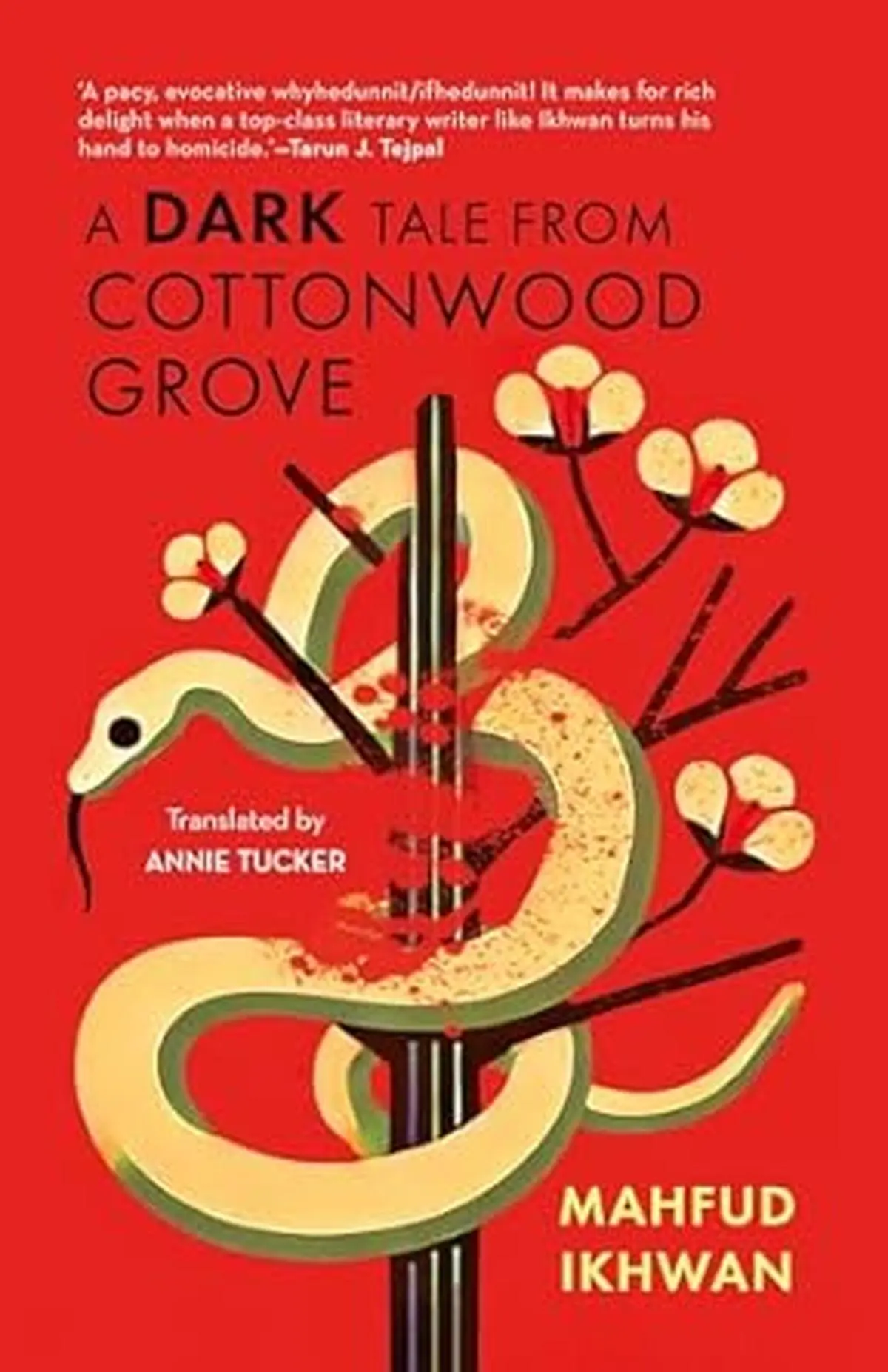
As in Indonesian folktales, moments of beauty and darkness are woven together in the novel.
| Photo Credit: Getty Images/iStock
The silky filaments of cottonwood seeds float across the dark Javanese landscape of Mahfud Ikhwan’s mysterious account of a murder foretold with teasing tenderness and underlying savagery. It is a tale of revenge and betrayal that sometimes brings to mind Gustave Flaubert’s masterpiece, Madame Bovary.
Just like Mme Bovary trapped in her petit bourgeois fantasies in mid-19th century France, Inayatun, a beautiful woman from the small farming community of Cottonwood Grove, is a creature of flesh and blood always reaching out for something beyond her grasp. As the daughter of the Muslim head of the community, she is doubly bound—as much by the hopes of her father, Pak Imam, as by her own desires.
She escapes to Malaysia to seek her fortune, like many others from her own neck of the woods. In the latter half of the 20th century, Malaysia offered a capitalist haven of multiple choices to Indonesians scarred by the serial assaults of predators from different countries tearing at the flanks of the spice-laden islands.
Also Read | Tragedy and folklore write a star-crossed love in The Distaste of the Earth
The sensually lambent Inayatun attracts every man who comes her way. Surprisingly, the one she falls for is the Cottonwood Grove bogeyman, Mat Dawuk, whom she meets by chance in a railway station in Malaysia while she’s trying to escape from an abusive lover. We have already been told at length about how hideously disfigured Mat is, born with a damaged palate, split nose, and cleft lip. Treated like an outcast from childhood, he has turned violent, wielding his nunchaku—a pair of wooden sticks held together with a thong—at anyone who dares annoy him.
A Dark Tale From Cottonwood Grove
By Mahfud Ikhwan, translated by Annie Tucker
Speaking Tiger
Pages: 200
Price: Rs.499
Mat and Inayatun make for an unlikely couple, but they find happiness in each other. Until the past catches up with them. Mat’s enemies and Inayatun’s jealous admirers concoct a plot of revenge that leaves Inayatun dead. Mat is accused of the murder but is saved from his fate by the testimony of his grandfather, who reappears out of nowhere after 15 years. Then an inflamed mob from Cottonwood Grove attacks Mat and leaves him for dead.
Ghosts from the past
The story is presented as the cigarette- and coffee-fuelled memories of the unreliable narrator, Warto Kemplung, who unburdens himself on anyone waiting to listen inside the coffee shop that is his witness box. Warto boasts of friends in high places. Allegedly, one of them is Anwar Ebrahim, erstwhile Deputy Prime Minister who served time in a prison in Selangor along with Warto.
Like the trickster in a village square, Warto spins the tale cleverly enough to keep his audience riveted. Taking notes of Warto’s rambling stories while he demands cups of coffee from the stall-owner is an old woman named Siti, and cadging cigarettes from him is a small-town journalist from the city nearby. Warto also has a repertoire of famous Hindi films of the 1980s, whose dialogues and songs he replays for the delectation of the audience.

A Dark Tale From Cottonwood Grove brings to mind Gustave Flaubert’s masterpiece, Madame Bovary.
| Photo Credit:
By Special Arrangement
Let us quickly add that Ikhwan is no Flaubert. However, like Warto, he does know his Indonesian past. The ghosts he conjures are memories that lie buried deep in the folds of Indonesia’s history. They leap out like Javanese coffee beans roasted for too long in a hot metal cauldron, stirred by demagogues fuelled by self-aggrandising visions, flaunting machetes and machine guns. What might have been just a tragic love story is revealed to be something more when it is put in the context of the long history of antagonism between farmers and government forces, who have exploited the country’s natural resources to the detriment of the working classes.
History repeated
In 1965 and subsequent years, towards the end of the rule of Sukarno, the first President of Indonesia who started out as a revolutionary leader, millions of people were killed by the Indonesian army in an anti-communist purge. As the founding father of Indonesia who presided over the country’s independence from centuries of colonial rule—first the Dutch, then the Japanese—Sukarno might have a role in the narrative. Could he be the mysterious grandfather of Mat who comes out of exile to remind the murderous mob that Mat surrendered his nunchakus and took off his sacred amulet and placed them at Pak Imam’s feet to prove his innocence?
Also Read | Queer love and freedom in 1920s India
But then it is mindless violence rather than thoughtful peace that informs the history of Indonesia, a nation of islands coveted by European merchants from time immemorial. One of the first massacres that took place in Amboyna (present-day Ambon, capital of Maluku province of Indonesia) was back in 1623, when the Dutch governor, acting on behalf of the Dutch East India Company, ordered the slaughter of 21 men, including 10 in the service of the English East India Company, Japanese and Portuguese traders, and a Portuguese man, on charges of treason. They were merely on an exploratory mission attempting to establish their own trading companies in the islands of spices and tropical forests.
Then again, as in Indonesian folk tales, there are moments of beauty too in the novel, as in the life that Inayatun and Mat make for themselves in the dark, dappled woods of Cottonwood Grove.
Geeta Doctor is a Chennai-based writer, critic, and cultural commentator.
